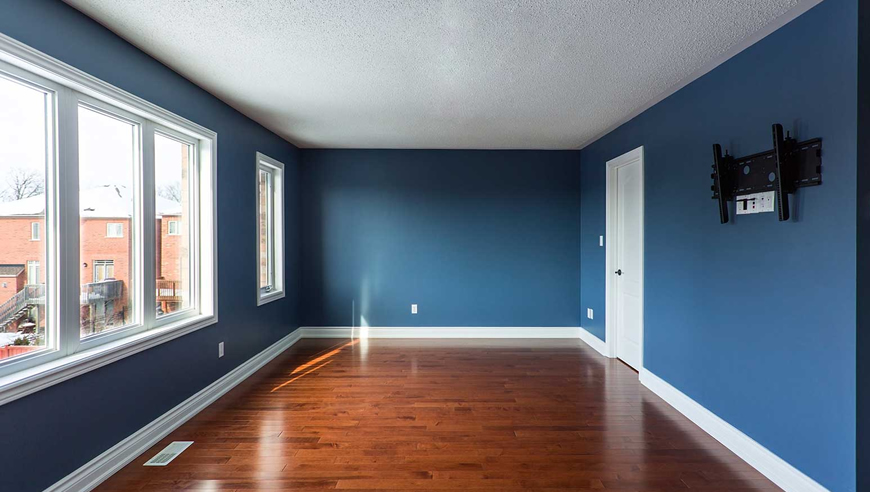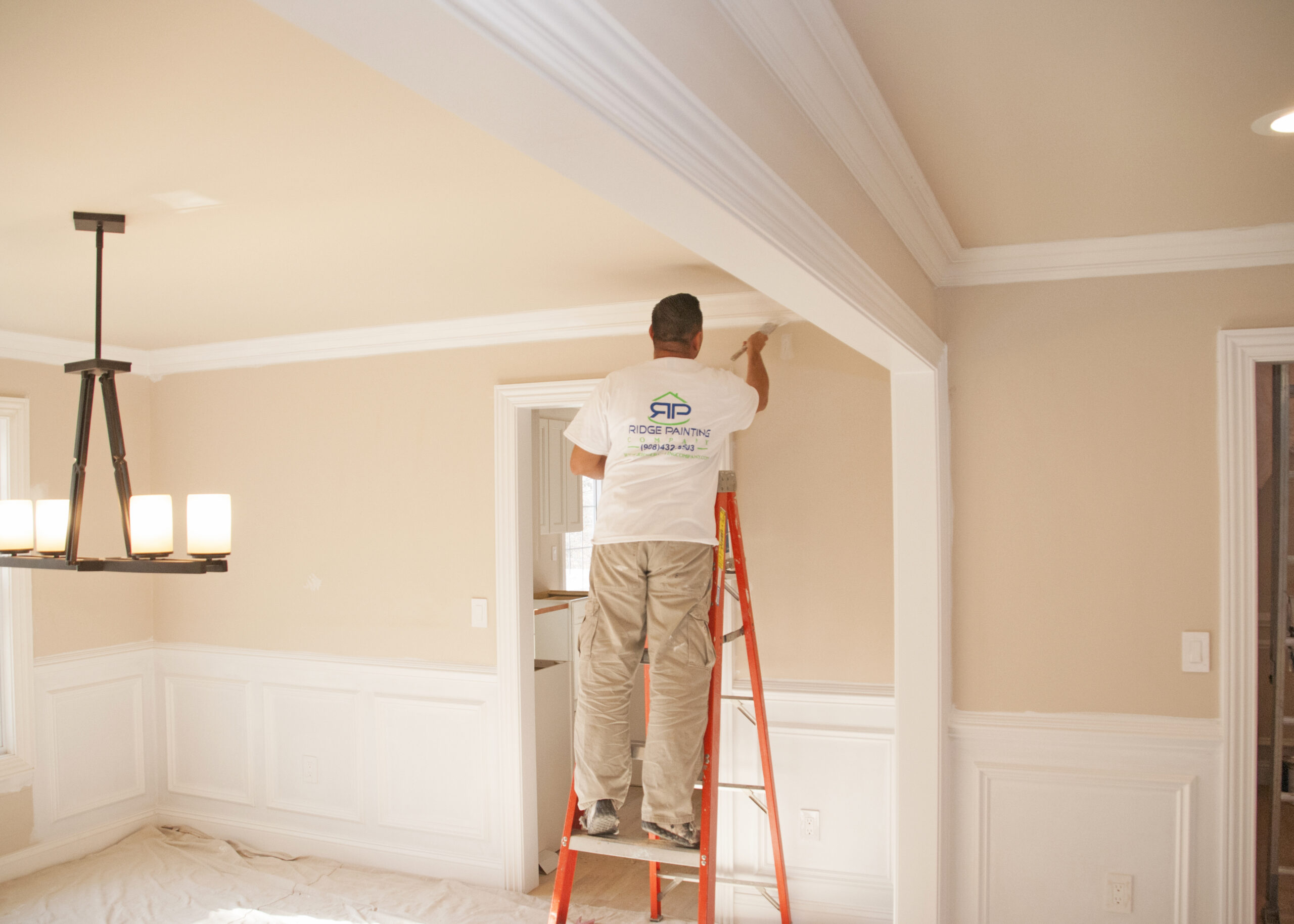Professional Color Consultation in Lakewood for Stunning Home Design
Professional Color Consultation in Lakewood for Stunning Home Design
Blog Article
Enhance Your Interior Style With Comprehensive Color Assessment
The combination of shade assessment right into interior style provides an one-of-a-kind opportunity to fine-tune and raise the aesthetic and psychological resonance of an area. By involving with a seasoned shade professional, you can browse the complexities of color selection, making sure that your choices not only complement building features however also reverberate with personal style and emotional influence. This tactical partnership can substantially influence the total ambience of your setting, promoting a feeling of consistency and function. Comprehending the subtleties of this process is essential-- what essential facets should be thought about to accomplish ideal results?
Advantages of Shade Consultation

Furthermore, shade assessment aids in making best use of natural light and enhancing spatial assumption. Lighter tones can make an area show up more extensive, while darker tones produce an intimate setting. Cleveland Metro Painting Specialists. This tactical application of color can dramatically influence the general setting of any interior room
Furthermore, professional consultants possess a comprehensive understanding of ageless classics and current trends, guaranteeing that the chosen colors will remain appealing over time. This foresight can conserve customers from pricey redesigns in the future. Ultimately, shade assessment encourages clients by providing them with a clear vision and instructions, fostering confidence in their style selections and inevitably bring about a much more gratifying and successful indoor style result.
Comprehending Color Psychology
The value of color psychology in interior decoration can not be overstated, as it delves right into the psychological and psychological impacts that various hues can stimulate in people. Colors can affect mood, behavior, and also efficiency, making them a critical factor to consider in any layout job.
As an example, warm colors such as red, orange, and yellow are often connected with power and warmth. They can stimulate sensations of enjoyment and convenience, making them appropriate for social spaces like living spaces or kitchens. Conversely, cool shades like blue, green, and purple often tend to evoke peace and harmony, making them optimal for bedrooms or reflection locations.
Additionally, using neutral tones can develop a balanced environment by enabling the bolder shades to attract attention without overwhelming the detects. Recognizing these mental influences allows developers to develop areas that not just look cosmetically pleasing but likewise promote emotional health.
Including color psychology into indoor style entails a thoughtful choice of colors customized to the intended function of each room, eventually improving the total experience for its residents. This recognition is essential for accomplishing a useful and unified indoor environment.
The Color Wheel Discussed
It makes up primary shades-- red, blue, and yellow-- that can not be developed by mixing other shades. Tertiary colors result from blending a key and an additional color, leading to tones such as red-orange and green.
The color wheel aids developers understand the relationships in between colors, consisting of corresponding, analogous, and triadic systems. Complementary colors, located opposite each various other on the wheel, produce vibrant contrasts that can invigorate a space. Similar colors, situated next to each other, supply a harmonious and natural look. Triadic systems utilize 3 uniformly spaced shades, using balance and aesthetic interest.
Utilizing the shade wheel in interior decoration not just enhances aesthetic allure but likewise stimulates specific emotions and ambiences, making it a vital reference for color appointment. Understanding these connections inevitably empowers designers to produce rooms that are both functional and visually exciting.
Choosing the Right Scheme
A well-chosen shade plan go to my site can merge a room, boost its features, and evoke preferred feelings. Different areas offer different features and call for schemes that show their desired usage; for circumstances, relaxing colors such as soft blues or eco-friendlies work well in bedrooms, promoting relaxation.
Next, think about the all-natural light readily available. Light can significantly alter how colors appear, so it is necessary to assess the room at different times of the day. Additionally, consider existing architectural elements and home furnishings. An unified scheme needs to enhance these features, producing a cohesive look throughout the room.
When selecting shades, utilize the 60-30-10 policy, which suggests that 60% of the room ought to be a leading color, 30% a second color, and 10% an accent shade. This ratio makes certain balance and aesthetic interest (Cleveland Metro Painting Specialists). Example shades on the walls before committing, as this permits you to see how the colors interact with one another and the total ambiance they produce in your indoor design task.
Collaborating With a Color Professional

When collaborating with a color expert, the procedure generally starts with a first assessment. During this meeting, you'll discuss your vision, preferences, and the existing aspects in your room. The expert will certainly assess your requirements and may advise index details color combinations that align with your goals.
After developing an instructions, the consultant will certainly provide samples and aesthetic help to assist you picture the suggested shade systems. This step is vital, as shades can show up differently under differing lights conditions.
Furthermore, a color professional can assist you in selecting corresponding furnishings, art work, and accessories to harmonize with your chosen combination. By teaming up very closely, you can achieve a polished visual that elevates your interiors and develops a welcoming atmosphere. Ultimately, the knowledge of a shade expert can dramatically boost the total influence of your layout project.
Conclusion
In summary, thorough shade assessment offers as an essential device for enhancing interior style. By leveraging specialist expertise of color psychology and spatial dynamics, try this website a tailored shade scheme can be created to stimulate particular feelings and create a harmonious atmosphere.
By involving with a skilled shade consultant, you can navigate the complexities of color selection, making sure that your options not just enhance building attributes yet additionally reverberate with individual design and emotional influence. It consists of key shades-- red, blue, and yellow-- that can not be developed by blending various other shades.The shade wheel aids developers realize the partnerships between shades, consisting of corresponding, similar, and triadic systems.When choosing colors, use the 60-30-10 guideline, which suggests that 60% of the space should be a leading shade, 30% an additional shade, and 10% an accent color. By leveraging expert knowledge of shade psychology and spatial characteristics, a customized color palette can be developed to stimulate certain feelings and create a harmonious setting.
Report this page